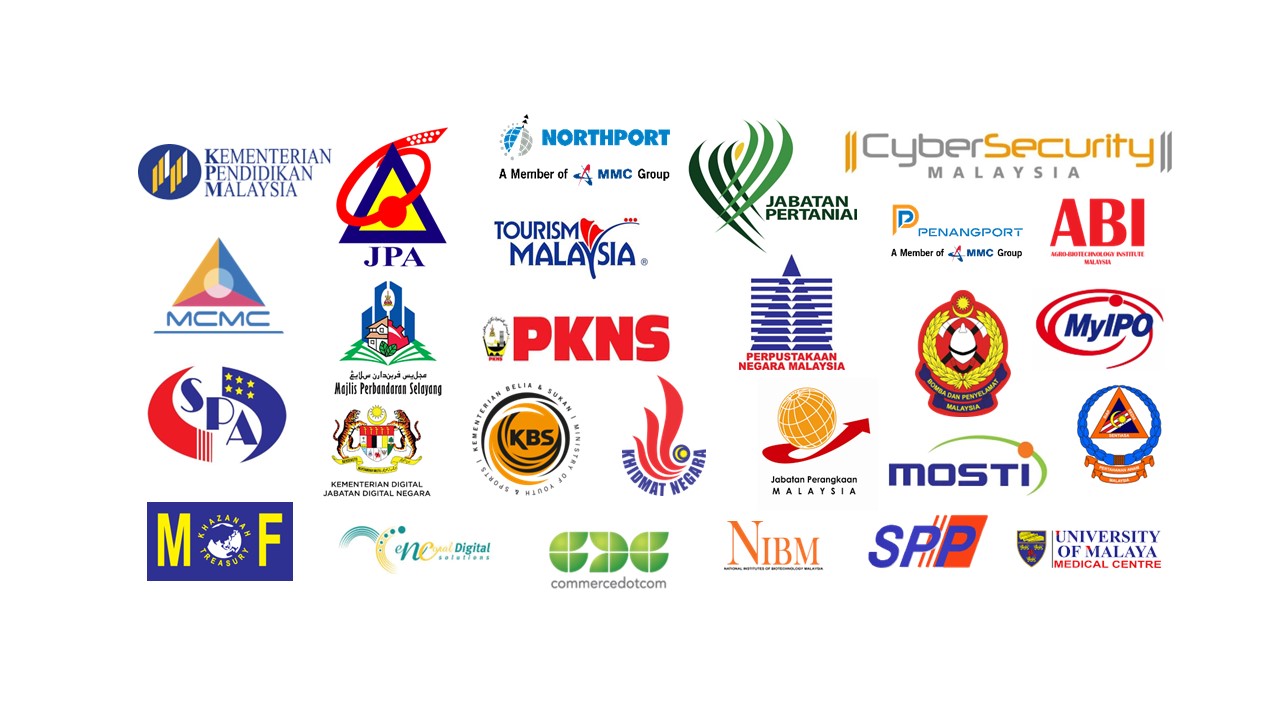In ye olden days of piracy, RIAA takedown notices were a common thing — I received a few myself. But that’s mostly fallen off as tracking pirates has gotten more difficult. But the RIAA can still issue nastygrams — to the creators of software that could potentially be used to violate copyright, like YouTube downloaders.
In ye olden days of piracy, RIAA takedown notices were a common thing — I received a few myself. But that’s mostly fallen off as tracking pirates has gotten more difficult. But the RIAA can still issue nastygrams — to the creators of software that could potentially be used to violate copyright, like YouTube downloaders.
One such popular tool used by many developers, YouTube-DL, has been removed from GitHub for the present after an RIAA threat, as noted by Freedom of the Press Foundation’s Parker Higgins earlier today.
This is a different kind of takedown notice than the ones we all remember from the early 2000s, though. Those were the innumerable DMCA notices that said “your website is hosting such-and-such protected content, please take it down.” And they still exist, of course, but lots of that has become automated, with sites like YouTube removing infringing videos before they even go public.
What the RIAA has done here is demand that YouTube -DL be taken down because it violates Section 1201 of U.S. copyright law, which basically bans stuff that gets around DRM. “No person shall circumvent a technological measure that effectively controls access to a work protected under this title.”
That’s so it’s illegal not just to distribute, say, a bootleg Blu-ray disc, but also to break its protections and duplicate it in the first place.
If you stretch that logic a bit, you end up including things like YouTube-DL, which is a command-line tool that takes in a YouTube URL and points the user to the raw video and audio, which of course have to be stored on a server somewhere. With the location of the file that would normally be streamed in the YouTube web player, the user can download a video for offline use or backup.
But what if someone were to use that tool to download the official music video for Taylor Swift’s “Shake it off”? Shock! Horror! Piracy! YouTube-DL enables this, so it must be taken down, they write.
As usual, it only takes a moment to arrive at analogous (or analog) situations that the RIAA has long given up on. For instance, wouldn’t using a screen and audio capture utility accomplish the same thing? What about a camcorder? Or for that matter, a cassette recorder? They’re all used to “circumvent” the DRM placed on Tay’s video by creating an offline copy without the rights-holder’s permission.
Naturally this takedown will do almost nothing to prevent the software, which was probably downloaded and forked thousands of times already, from being used or updated. There are also dozens of sites and apps that do this — and the RIAA by the logic in this letter may very well take action against them as well.
Of course, the RIAA is bound by duty to protect against infringement, and one can’t expect it to stand by idly as people scrape official YouTube accounts to get high-quality bootlegs of artists’ entire discographies. But going after the basic tools is like the old, ineffective “Home taping is killing the music industry” line. No one’s buying it. And if we’re going to talk about wholesale theft of artists, perhaps the RIAA should get its own house in order first — streaming services are paying out pennies with the Association’s blessing. (Go buy stuff on Bandcamp instead.)
Tools like YouTube-DL, like cassette tapes, cameras and hammers, are tech that can be used legally or illegally. Fair use doctrines allow tools like these for good-faith efforts like archiving content that might be lost because Google stops caring, or for people who for one reason or another want to have a local copy of some widely available, free piece of media for personal use.
YouTube and other platforms, likewise in good faith, do what they can to make obvious and large-scale infringement difficult. There’s no “download” button next to the latest Top 40 hit, but there are links to buy it, and if I used a copy — even one I’d bought — as background for my own video, I wouldn’t even be able to put it on YouTube in the first place.
Temporarily removing YouTube-DL’s code from GitHub is a short-sighted reaction to a problem that can’t possibly amount to more than a rounding error in the scheme of things. They probably lose more money to people sharing logins. It or something very much like it will be back soon, a little smarter and a little better, making the RIAA’s job that much harder, and the cycle will repeat.
Maybe the creators of Whack-a-Mole will sue the RIAA for infringement on their unique IP.


